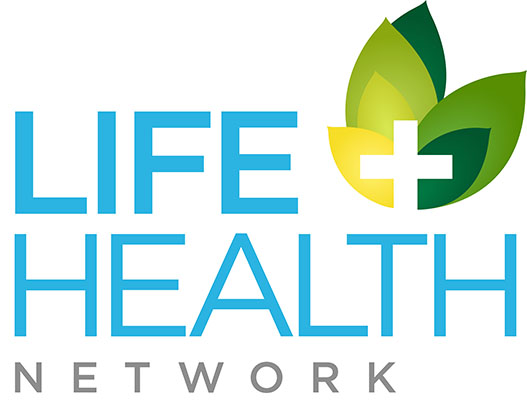It is unmistakable and scientifically proven that human beings are the most complex organisms on earth. The human body is a single structure that consists of billions of microscopic units, each with its own purpose, working together in an organized manner for the benefit of the whole being. Although the human body has several key systems (for example the endocrine, circulatory, digestive, immune, to name a few) the integumentary system encompasses our skin which is the only structure that is visible to the human eye without use of advance technology. The skin is the largest organ of the body covering bone and tissue. This complex structure can repair itself due to injuries, act as a huge sensory receptor with sensitivity to the heat, cold, pain, pressure, and touch.
The moment a child is born it is embraced with a touch. It is our innate response and by nature to socialize, communicate and interact with one another. Having a sense or experiencing physical touch represents the most direct and intimate channel of connection between the self and to others.
The memory pattern of the skin is now craving the human touch, something that without even a thought, freely given and received in the pre-pandemic world. Warm hugs, handshakes, cheek to cheek kisses and high-fives have all been placed on the backburner. Somehow, we are all suddenly superconscious and skeptical about touching others outside of our safe bubble, it feels quite alien due to the long-extended periods of safety protocols. My two-year son stretches out a fist instead of an open hand to greet others, and I can’t help but wonder, what will his generation be like in the next 10 years?
I can give an account to the need of human networking and connection. During the first two weeks of 2022, I was in quarantine due to exposure to COVID-19. After a while in complete isolation, I started to feel disconnected, and the ‘self’ needed to interact with people, whether it was at home, work, grocery store, church, gas station, or even to just simply be stuck in traffic. Yet I was not truly disconnected. In our digital, social distancing age, the development and advancement of internet-based technologies and virtual environments offer new opportunities of communication without the need for physical closeness.
Because of the physical distancing that has been created due to the pandemic, the lack of physical touching that has happened as a result could be contributing to a condition that health experts have coined as “touch starvation”—like how our body craves a particular treat of cheat food during a diet fitness regimen.
For some, physical touch is everything, it regulates mood, relieve stress, builds confidence, and increases a sense of bonding and belonging. The avoidance of physical touch due to the pandemic will in time hopefully fade and things will return to normal… handshakes instead of fist bumps, hugs to go along with smiles. In the meantime, any kind of communication with others can help reduce loneliness and stave off the negative effects that comes from lack of social and physical interaction. Stay connected digitally to prevent loneliness, engage in group physical workouts, talk on the phone or zoom with friends, pick up outdoor hobbies like gardening with friends and use this time to call up old friends and distant family. Do whatever you can to stay engaged during these challenging times. Constant communication is the key.


2 servings
1 slice
* The % Daily Value (DV) tells you how much a nutrient in a serving of food contributes to a daily diet. 2,000 calories a day is used for general nutrition advice.